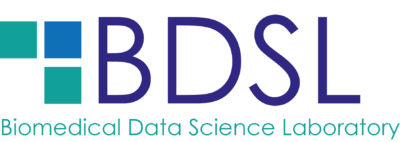Introduction
A microbiome is a collection of microbes, such as bacteria, fungi, and viruses, residing in a habitat. It may also refer to the complete set of genes and metabolites possessed and produced by these microorganisms. The environment, including available food sources, shapes the structure of the microbiome. In turn, complex interactions among the microbes endow it with distinct characteristics, including a unique set of metabolites, which affect the habitat.
In terms of human health, it has been recognized that microbes residing in the gut, skin, and other organs can significnatly impact our well-being. Consequently, there is a growing effect to understand the relationship between microbes and human health, with the hope that this knowledge can be leveraged to improve human health. This could include modulating the microbiome in favor of health-promoting bacteria through the introduction of beneficial probiotics or the consumption of prebiotics that foster the growth of beneficial microbes.
To understand the nature of microbiome and its functionality, it is essential to identify the microorganisms that comprise it. Subsequently, the impact of each compoment or microbe on human health can be thorughly evaluated. In the following sections, the methodologies employed to analyze the components of the microbiome, as well as the techniques utilized for investigating the relationships between microbes and host health, will be discussed.
Definition
Here are some definitions related to microbiome.
A microbiome is the community of microorganisms that can usually be found living together in any given habitat.
https://en.wikipedia.org/wiki/Microbiome
The microbiome is the collection of all microbes, such as bacteria, fungi, viruses, and their genes, that naturally live on our bodies and inside us.
https://www.niehs.nih.gov/health/topics/science/microbiome/index.cfm
The microbiome is the community of microorganisms (such as fungi, bacteria and viruses) that exists in a particular environment.
https://www.genome.gov/genetics-glossary/Microbiome
Analysis of microbiome
The first step to investigate the microbiome is to identify its components that comprised the microbiome, which are primarily microorganisms or genes. To identify microorganisms, unique marker genes specific to microbes are utilized. Commonly, sequences from a part of rRNA genes are sequenced to identify bacteria and fungi. On the other hands, whole genomic sequences can be analyzed to identify genes present within the microbiome.
rRNA sequencing – amplicon sequencing
Amplicon sequencing
